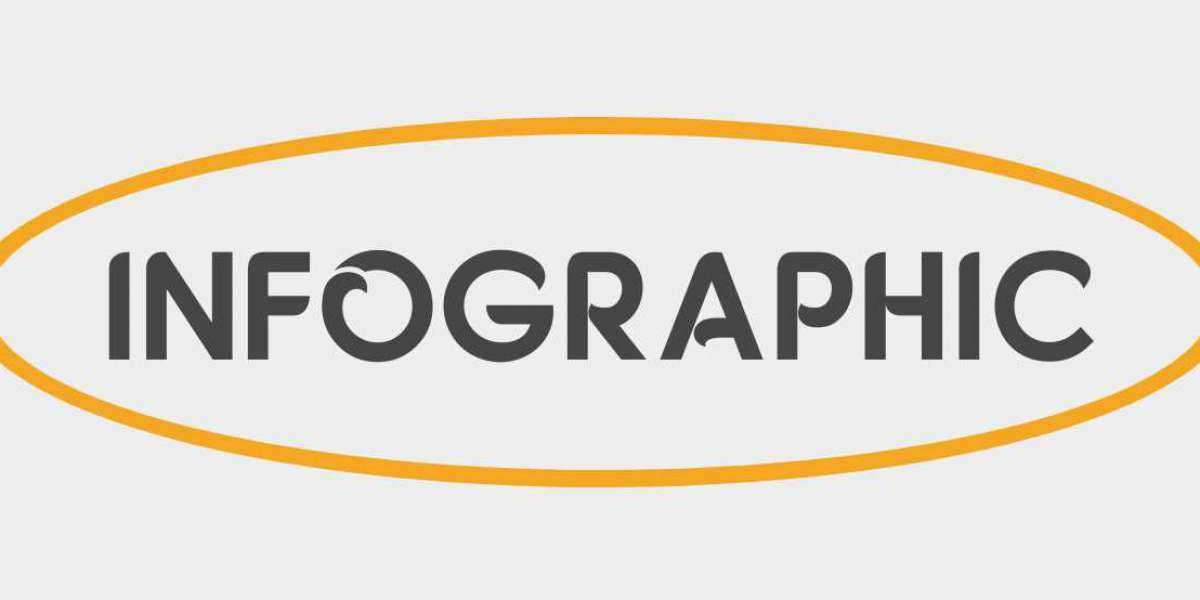Understanding Aneurysmal Subarachnoid Hemorrhage
Aneurysmal subarachnoid hemorrhage (aSAH) is a severe and life-threatening form of stroke caused by bleeding into the space surrounding the brain, typically due to the rupture of an intracranial aneurysm. It is a neurological emergency with a high mortality and morbidity rate, often leading to devastating consequences for survivors. While the immediate focus of treatment is on securing the ruptured aneurysm, managing the subsequent complications is equally critical for patient outcomes. These complications can include rebleeding, cerebral vasospasm (narrowing of blood vessels in the brain), delayed cerebral ischemia (reduced blood flow to the brain), hydrocephalus, and seizures. The complex pathology of aSAH necessitates a multifaceted approach to patient care, where pharmacological interventions play a crucial role in mitigating secondary brain injury and improving recovery.
Current Drug Therapies for aSAH
The current therapeutic landscape for aneurysmal subarachnoid hemorrhage involves several drug classes aimed at preventing or managing the various complications that arise after the initial hemorrhage. Calcium channel blockers, particularly nimodipine, are a cornerstone of treatment. Nimodipine is widely used to prevent and reduce the severity of delayed cerebral ischemia, a significant cause of poor neurological outcomes. Its mechanism involves preventing vasospasm, though its full therapeutic effect extends beyond simply dilating blood vessels. Anticonvulsants may be administered to prevent seizures, which can occur due to brain irritation from the blood. Stool softeners are often prescribed to prevent straining, which can increase intracranial pressure and risk rebleeding. Additionally, osmotic agents and diuretics may be used to manage cerebral edema and reduce intracranial pressure. Opioid analgesics are utilized for pain management, a common and critical aspect of patient care in aSAH. The judicious use of these medications, often in combination, is vital for stabilizing patients and improving their chances of recovery.
Market Drivers and Growth Factors
The aneurysmal subarachnoid hemorrhage drug market is primarily driven by the high incidence and severity of aSAH globally. The increasing prevalence of risk factors such as hypertension, smoking, and an aging population contributes to a growing patient pool requiring treatment. The focus on improving patient outcomes and reducing long-term disability also fuels demand for effective pharmacological interventions. Advancements in diagnostic imaging, leading to earlier detection of aneurysms and aSAH, enable timely medical intervention, further driving drug utilization. Growing healthcare expenditure and increased awareness among medical professionals about best practices in aSAH management contribute to market expansion. Furthermore, ongoing research and development into novel neuroprotective agents and therapies specifically designed to address the complex sequelae of aSAH are significant growth catalysts, promising more targeted and effective treatments in the future.
Emerging Treatments and Future Outlook
The future of the aneurysmal subarachnoid hemorrhage drug market is characterized by a strong emphasis on developing novel therapies that go beyond current symptomatic treatments. Researchers are exploring neuroprotective agents aimed at minimizing neuronal damage following the hemorrhage. Compounds that can modulate inflammation, oxidative stress, and apoptosis are under investigation. Targeted therapies to prevent or reverse cerebral vasospasm more effectively than current options are also a significant area of focus. Gene therapy and regenerative medicine approaches are being explored for their potential to promote neuronal repair and recovery. The development of advanced thrombolytics designed to dissolve clots while minimizing bleeding risks also represents a promising avenue. As understanding of the complex pathophysiology of aSAH deepens, there is an increasing trend towards developing personalized medicine approaches, where treatment strategies are tailored to individual patient characteristics and risk profiles. The integration of advanced diagnostics and biomarkers will likely guide the selection of appropriate drug therapies, leading to more precise and effective interventions.
Challenges and Opportunities
Despite the critical need, the aneurysmal subarachnoid hemorrhage drug market faces several challenges. The complexity of the disease, with its multifaceted complications, makes drug development inherently difficult and costly. The blood-brain barrier poses a significant hurdle for drug delivery to the affected areas of the brain. Limited treatment options for some complications, coupled with potential side effects of existing medications, present areas for improvement. High development costs and stringent regulatory approval processes can also impede the introduction of new drugs. However, these challenges also present significant opportunities for pharmaceutical companies. The unmet medical needs in aSAH create a strong incentive for innovation. Collaboration between academic institutions and industry players, coupled with advancements in neuroscience research, will be crucial in bringing novel and more effective treatments to market. Increased awareness campaigns and government support for research into neurological disorders are expected to create a more favorable environment for drug development and adoption, ultimately benefiting patients grappling with this devastating condition.
Explore our latest reports
? Stay ahead in the healthcare industry. Browse our latest insights now!
About Market Research Future (MRFR)
Market Research Future (MRFR) is a global market research firm that provides comprehensive insights into market trends, drivers, challenges, and opportunities. We offer a broad range of market intelligence reports and consulting services to help businesses and enterprises in various industries make informed decisions
Media Contact:
Market Research Future (MRFR)
Phone: +1-646-845-9312
Email: contact@marketresearchfuture.com
Website: marketresearchfuture










